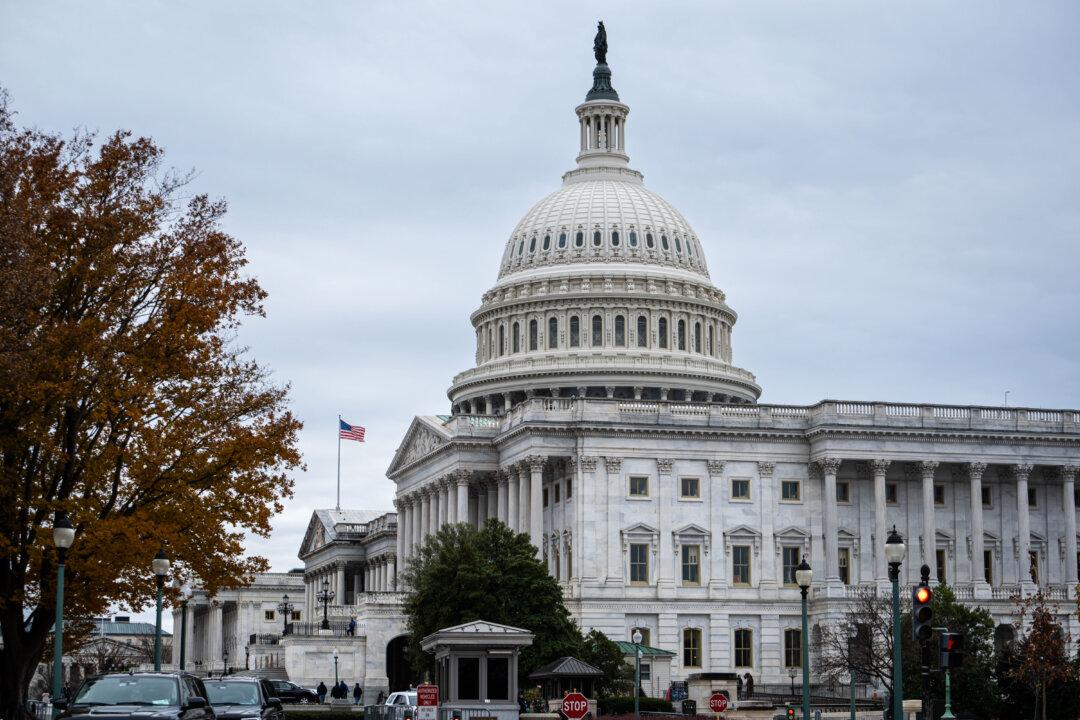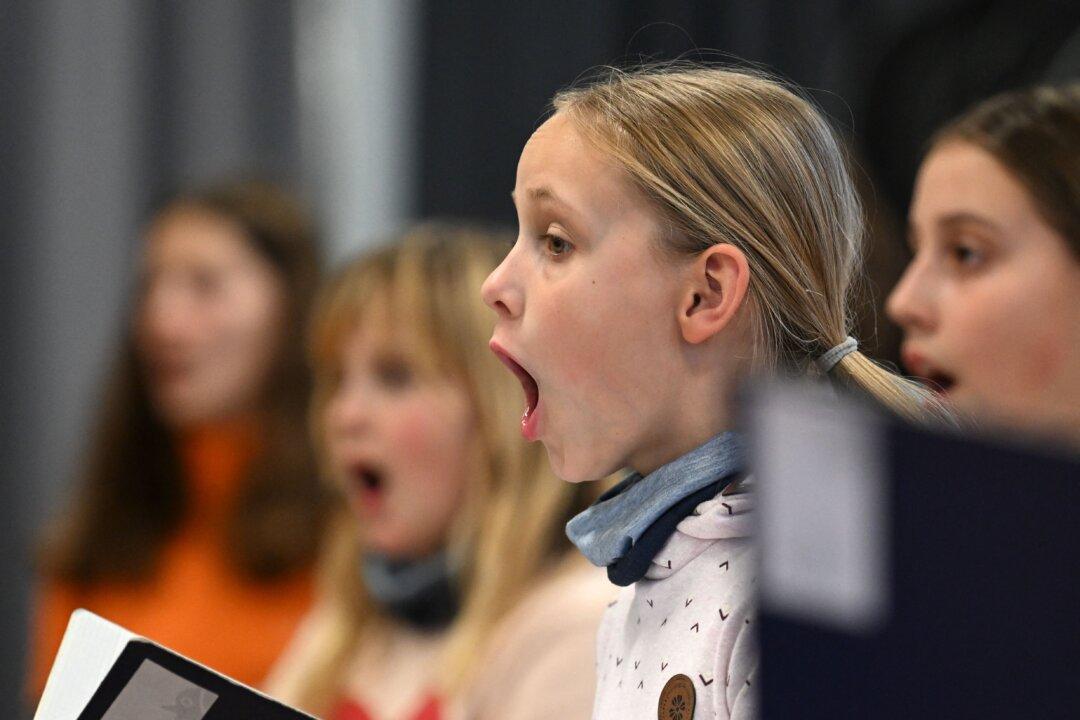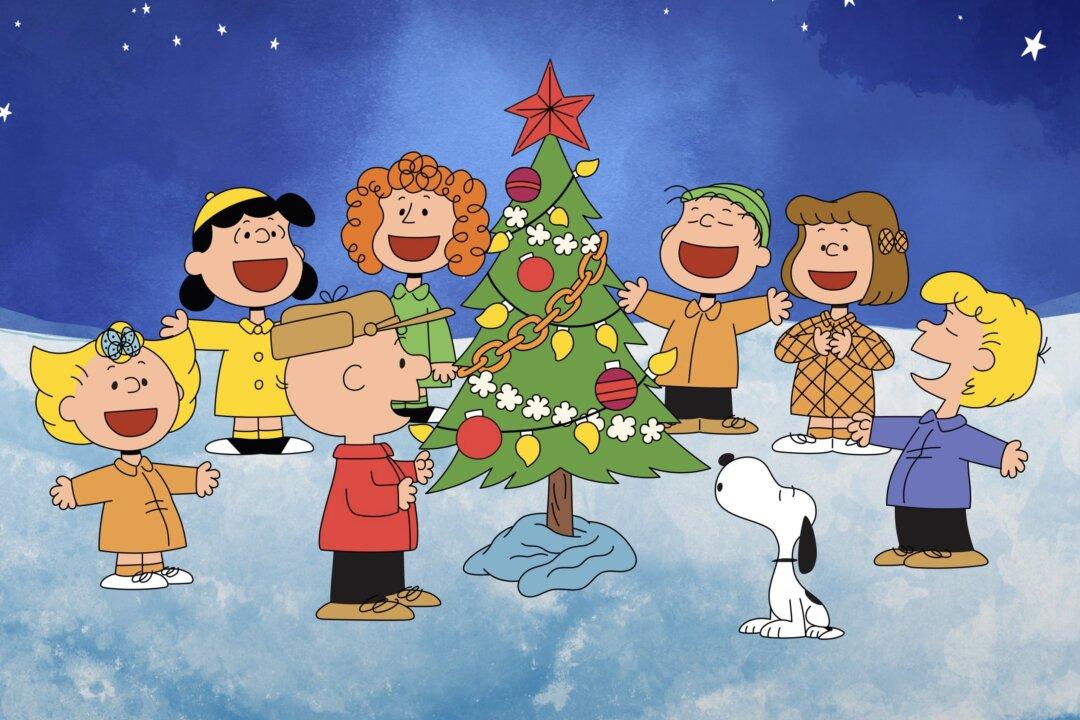The architects of lockdowns—Anthony Fauci became the most prominent among them—exhibited a mono-maniacism that was hard to comprehend at the time and now. In real life, people organize activities around millions of concerns, from religion to arts to commerce. The lockdowns demanded that all that change in deference to a single pathogen. And that pathogen would be fought through what Fauci called “common sense health measures.”
Four days before that dreaded press conference, I was in Manhattan doing an interview. I had tickets for a Broadway show the following night, and tickets for two shows the next day. It was a planned marathon to celebrate one of America’s great art forms. I was all in. But I could sense something in the air, something going very wrong. I decided to play it safe and get out of the city right away. The performances were canceled anyway.
Before I left, while waiting for my train, I saddled up to a bar and ordered a beer. I was sitting next to two employees in Broadway theaters. One ran some lighting fixtures and the other managed sound. As we sat there, they were both notified that the weekend’s performances would be stopped. This was not because of low attendance. They were to be sold-out performances. It was because somehow someone got the message that all things were to be stopped.
These two nice people had no idea what they were going to do for the next two weeks. Broadway turned out to have closed for another year. When it finally reopened, it was for the vaccinated only, and you still had to mask up. Why anyone would tolerate sitting in a musical theater without being able to smile at your neighbor or see others’ faces, I do not know. Some complete fool imagined that this was the way to make audiences feel safer.
The lockdowns turn out to have nearly destroyed an art form. The New York Times reports: “During the 2021–22 season, which started slow and late as the industry gradually reopened, there were 6,860 performances seen by 6.7 million people, grossing $845 million. By contrast, during the 2018–19 season, the last full season before the pandemic, there were 13,590 performances seen by 14.8 million people, grossing $1.8 billion.”
Yes, that’s less than half of what it was, so the industry is not only financially shaky but also nowhere near making up for the losses of two years of devastation. One wonders if there is a recruiting crisis in the arts today. After all, if government can just shut down performances for a year or two, what’s the point?
And it doesn’t just affect Broadway. It affects community theaters, movies, symphonies and ballets, live music in bars, pop music concerts, and even sporting events. Yes, they still go on, depending on the area of the country but the health of industry is grave. It turns out that no one can just turn off an industry—particularly arts—and then turn it back on.
“The act of singing, itself, might have contributed to transmission through emission of aerosols, which is affected by loudness of vocalization,” the CDC pronounced. This exhortation was followed by the familiar incantation: “It is recommended that persons avoid face-to-face contact with others, not gather in groups, avoid crowded places, maintain physical distancing of at least 6 feet to reduce transmission, and wear cloth face coverings in public settings where other social distancing measures are difficult to maintain.”
In the end, everyone got COVID anyway, with or without singing, and hence developed immunity. What was stopped was not the virus but the ancient liturgy of singing in groups. This amounted to a fundamental theological attack on the human person. In the Biblical understanding, singing is the way that humans give back to God as a gift of that which God had given to Adam with his breath. For governments to dare to stop the singing is a way of banning praise and worship itself. It compelled atheism.
During this period, performances were forced to do Zoom as an act of pious deference to Fauci and his virus patrol. Too many went along, and it led to catastrophic losses for art and culture. The Tanglewood music festival in Massachusetts is one of the most established and well-funded arts institutions in the United States. It shut for two years in the name of COVID control, at first by edict of government but then later by its own management that internalized the false belief that stopping art was somehow good public health practice.
The cathedral choirs shut down, even in the UK where they had been in continual operation for many hundreds of years through political upheaval and civil war. A friend of mine who runs a choir in a boys’ school had to fight for the right to sing. And is there anything more bizarre in this world than watching a choral performance in which everyone is wearing a mask? It’s like a race where the runners are forced to traverse wet cement.
We are nowhere near coming to terms with the losses in this sector of life. Art and music in all times has faced financial difficulties, underfunded relative to its overall social and cultural importance. But somehow by 2019, we had figured out how to make it all work, as arts institutions thrived all over the country. The lockdowns have proven devastating, and we are all now in the process of rebuilding. We aren’t even halfway there yet.
The tragedy is that the CDC and Anthony Fauci bear a great deal of the responsibility. Patrons, performers, and audiences all over the country are owed deep and sincere apologies. The losses are incalculable.





